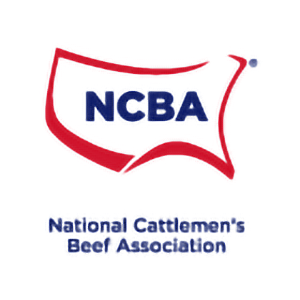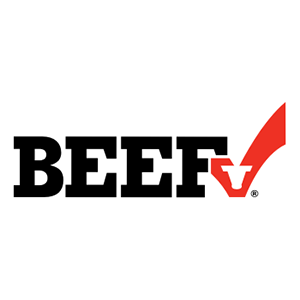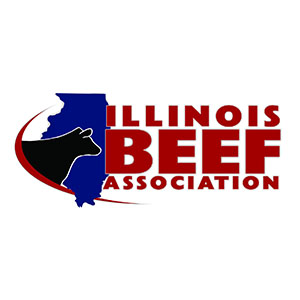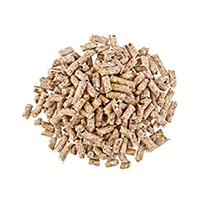Beef Management
The first basic needs of the animal include fresh water, fresh feed, clean pens, space, and proper ventilation. When it comes to beef calves, colostrum and the timing of colostrum are essential for health and growth. Cows produce antibody-rich colostrum prior to milk for their calves. Colostrum should be either drank from the mother or given via a bottle within the first _ hours of birth. Without colostrum the calf will have a weakened immune system and struggle.
In addition to colostrum, the first round of vaccinations should be given at 4 to 6 months of age. For vaccinations, consult with your veterinarian.
Creep Feeding a high fiber creep feed is recommended starting around 3 weeks of age and provides a cost-effective tool to promote early rumen development and weight gain to yield heavier calves at weaning.
Each calf should be identified and monitored for weight gain and health. If health issues are noticed, a disinfect pen should be established that allows for doctoring, observing, and providing extra care to those animals. They should also be evaluated as to the possibility of either keeping that calf to be a replacement sire or dam on the farm because of their phenotype and genotype or being raised for harvest to provide nutritious meat.
For those animals that will be finished out, implants can be used to help stimulate muscle and overall growth as well as beneficially impact the grade of the carcass. It is recommended implants be applied roughly three weeks after receiving of feeder cattle or starting them on a grower ration. However, time frame to apply implants vary since they themselves vary in day lengths in which they dissolve.
Bulls and heifers that have been chosen to carry on the blood lines should be given a second round of vaccinations. This is also the time to dehorn, deworm, and do genomics tests if desired. From genomic results, current blood lines, and traits you are wanting to promote in the herd, appropriate dam and sire matches are chosen. Once the animals are to the age and size of breeding at around 12 to 14 months, breeding is performed either through artificial insemination or naturally. Sometimes grouping together batches of heifers and cows and breeding within a close window is done to allow specialized care to be on hand for calving at the end of the 283-day gestation period.
Free choice mineral should be offered year-round. It is essential in providing key vitamins and minerals that may be lacking from their forage source. If DDGs are the protein and energy source being used, we recommend a higher calcium product.
From May through September, the best way to maximize your forage is to utilize silage and hay preservatives. Treating your hay is a great way to not only preserve the key nutrients in your forages, but it also can allow you to bale dry hay at 20-25% moisture rather than the 15-18% that is usually standard. Products like Evergreen from Advanced Preservatives come in liquid or dry forms and will allow you to get more out of your hay by getting baled sooner and reducing waste. This also helps fight unnecessary mold and bacteria growth in your silage or haylage. Products like Advanced Preservatives Preserve One will help reduce unwanted oxygen in your bags, bunkers, and silos to help reduce growth of mold and wild yeast in your forage. This will yield a cleaner, safer, and better-quality forage source.
In the fall and winter months, grazing corn stalks can provide a high fiber diet and relieve your pastures once grass goes into dormancy. When cows are grazing corn stalks, keep in mind they need supplemental protein such as tubs, DDGs, liquid supplements or a high-quality hay or silage as well as free choice minerals to maintain good body condition.
During the summer months fly control should be used to decrease the ability to carry disease, as well as the annoyances of flies that cause the cows to be unsettled and decrease their rate of gain or milk production. There are many ways to control flies in feed. Starting late April to early May dependent on the year, utilize free choice mineral with Altosid IGR or Garlic. Altosid IGR is recommended to be fed roughly 30 days prior to the warmer season that will promote the growth of flies. Garlic is an all-natural mode of fly control and has a much different mode of action, it does not have to be fed ahead of time like IGR or Clarifly to repel flies.




